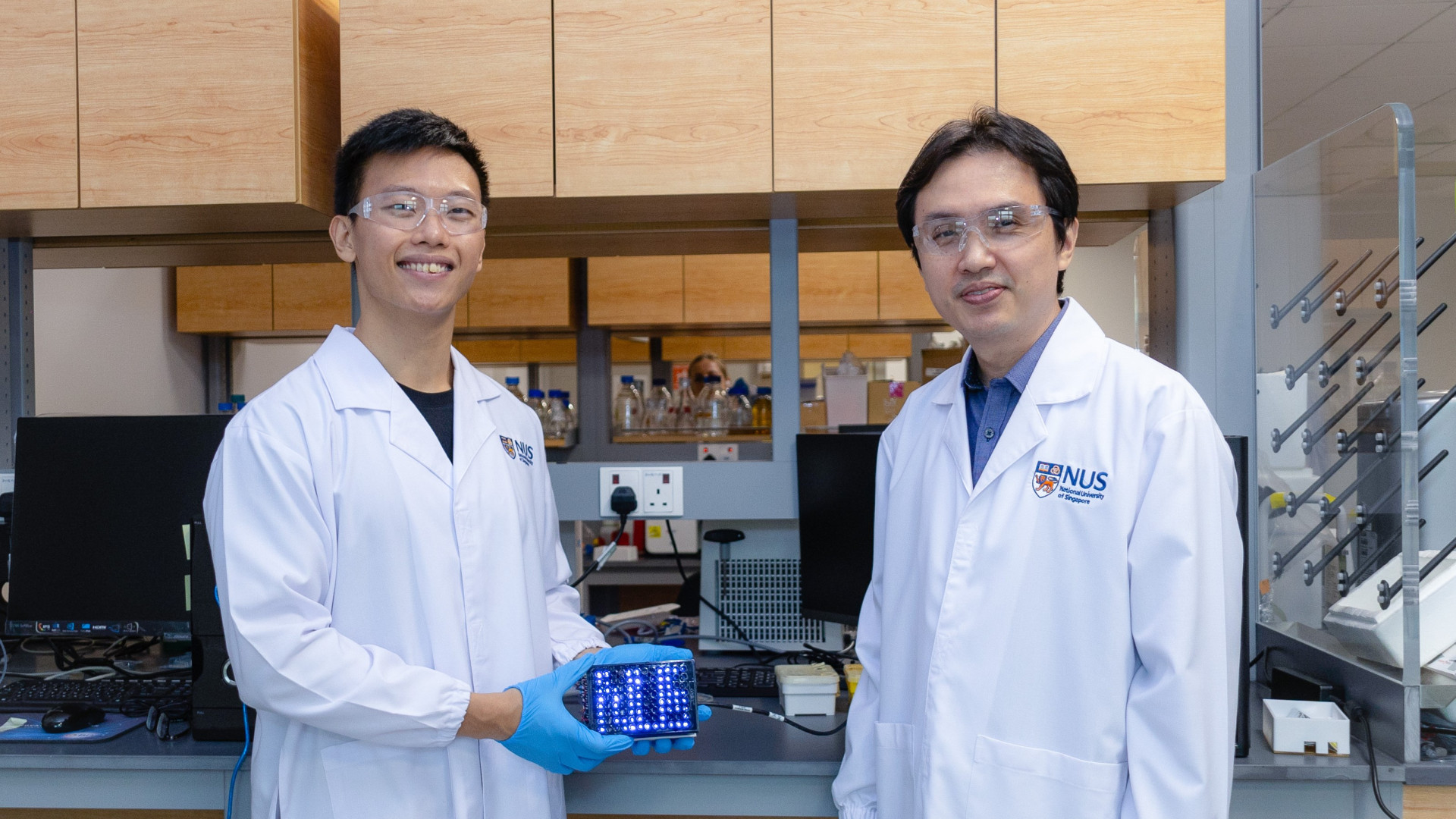World’s First Biological Camera Captures Immense Potential of Microscopic DNA for Data Storage
Posted on 20 Jul 2023
In an era of unprecedented data generation, data has become the ‘currency’ of the 21st century. From an estimated 33 ZB in 2018, the Global Datasphere is projected to explode to 175 ZB by 2025. This acceleration has ignited a search for a novel storage solution that transcends the limitations of traditional data storage and mitigates the environmental impact of resource-intensive data centers. Recently, DNA's potential as a storage medium for various types of information, such as images and videos, has gained traction due to its remarkable storage capacity, stability, and long-established role in information storage. Yet, existing research in DNA storage focuses on the synthesis of DNA strands outside the cells, a process that is not only expensive and reliant on sophisticated instruments but also error-prone.
In a world-first, researchers at the National University of Singapore (NUS, Singapore) have developed a 'biological camera' that circumvents the limitations of current DNA storage methods by employing living cells and their inherent biological processes to encode and store data. This innovation signifies a remarkable advance in encoding and storing images directly within DNA, ushering in a new paradigm for information storage reminiscent of a digital camera. For their work, the researchers utilized live cells, abundant in DNA that can serve as a 'data bank', thus eliminating the need for synthesizing genetic material externally. The innovative system named 'BacCam' blends various biological and digital techniques to replicate a digital camera's functions using biological elements.

Using optogenetics, a method that regulates cell activity with light similar to a camera's shutter mechanism, the researchers 'captured' images by projecting light signals onto the DNA 'film'. They then used barcoding techniques, similar to photo tagging, to mark the captured images for unique identification. The team applied machine learning algorithms to organize, categorize, and reconstruct the stored images, reflecting the data capture, storage, and retrieval processes of a digital camera in this 'biological camera'. The study demonstrated the camera's capacity to simultaneously capture and store multiple images using different light colors. Importantly, compared to previous DNA data storage methods, the team's inventive system is easily reproducible and scalable.
“As we push the boundaries of DNA data storage, there is an increasing interest in bridging the interface between biological and digital systems,” said principal investigator Associate Professor Poh Chueh Loo who led the study. “Our method represents a major milestone in integrating biological systems with digital devices. By harnessing the power of DNA and optogenetic circuits, we have created the first 'living digital camera,' which offers a cost-effective and efficient approach to DNA data storage. Our work not only explores further applications of DNA data storage but also re-engineers existing data-capture technologies into a biological framework. We hope this will lay the groundwork for continued innovation in recording and storing information.”
Related Links:
National University of Singapore













